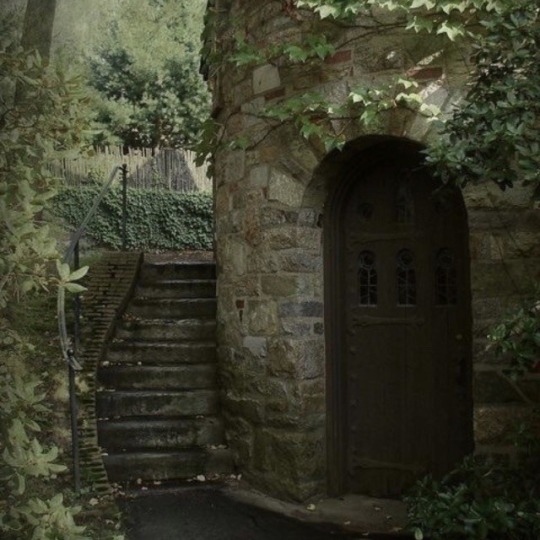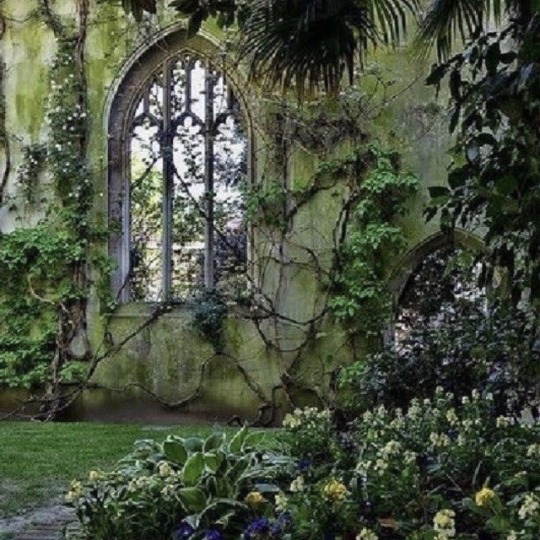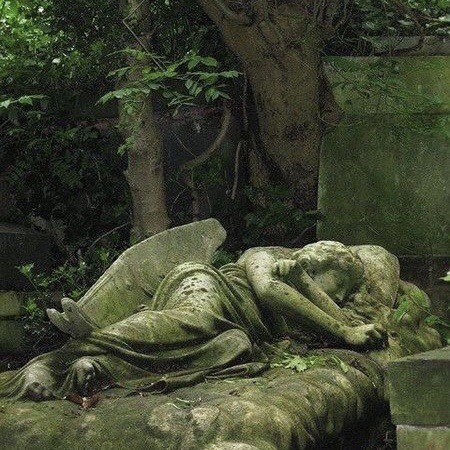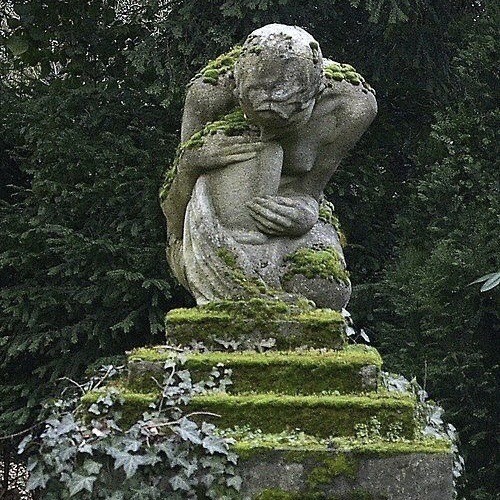Video
instagram
How amazing to catch this on camera. 😱👻 #haunteddolls #paranormal #paranormalinvestigation #ghostoncamera https://www.instagram.com/p/CTAAY6Yns8W/?utm_medium=tumblr
0 notes
Photo

#happyfriday everyone! Hope you have an amazing day. #fridayfeeling #ghost #memes https://www.instagram.com/p/CSzLT8UHJdO/?utm_medium=tumblr
1 note
·
View note
Photo

There is something…#beautiful about old tombstones and how they preserve the memory of the #dead. To me, I find #cemeteries #peaceful as opposed to #scary or #spooky. (at Edmonton, Alberta) https://www.instagram.com/p/CSzBuHGn1IM/?utm_medium=tumblr
0 notes
Photo

Latest visit to a local #cemetery. Still waiting to find that is #haunted or to see a #ghost while I am there. Still makes for some #serene photos. (at Edmonton, Alberta) https://www.instagram.com/p/CSzBI1DHOEr/?utm_medium=tumblr
0 notes
Photo

Curious as to why people think #cemeteries are #haunted or that they contain #ghosts. https://www.instagram.com/p/CSuNQRFFMc3/?utm_medium=tumblr
2 notes
·
View notes
Photo

Such a predictable behaviour in every horror movie. 🎞🍿😜 https://www.instagram.com/p/CScJiIDFLY8/?utm_medium=tumblr
0 notes
Photo
I have seen many investigations of this penitentiary on tv. I wonder if everyday people can go on a tour?
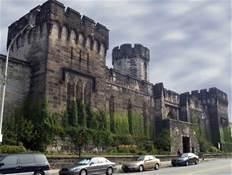
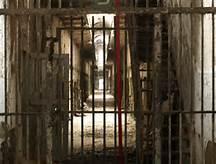

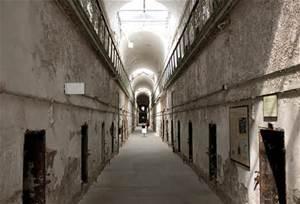
Eastern State Penitentiary
Known as being the most expensive building built in the U.S. at the time, the Eastern State Penitentiary became a prototype in design to 300 prisons.
The facility was operated under the Pennsylvania System from 1829 to 1913. This system, used by the Quakers, was designed to force the incorrigibles sent there to look inside themselves and find God. In reality, the system which placed inmates in complete solitude, drove many a sane man to madness.
Prisoners at Eastern State had a toilet, table, bunk and Bible in their cells, in which they were locked all but one hour a day. When the prisoners did leave their cells, a black hood would be placed over their head so they could not see any other prisoners as they were guided through the halls of the prison. Interaction and any form of communication between inmates was forbidden.
Inmates lived a life in mundane solitude and would only get a glimpse of sunlight, known as The Eye of God which came through a slit in the prison ceiling. In desperate need of human interaction, prisoners would tap on pipes or whisper through vents to each other. If caught, the penalty was brutal.
Harsh Punishments
The Water Bath
The inmates who broke the rules risked being dunked in a bath of ice-cold water then hung from a wall for the night. During the winter months, when this punishment was most popular, the water on the inmates skin would form into a layer of ice before morning.
The Mad Chair
The Mad Chair was named such because it was not uncommon for an inmate to go mad before his punishment ended. Inmates would be strapped into the chair with leather strips, so tightly that it was impossible for them to make the smallest of movements. They would sit for days, without food, until the circulation in their body almost stopped from the tightness of the straps and the lack of movement.
Iron Gag
The most deadly punishment was known as the Iron Gag and specifically designed for those inmates who refused to obey the no communication policies. An iron collar was clamped onto the tongue of the inmate, and then chained to his wrists which were strapped high behind their back. Any movement resulted in a tearing of the tongue and severe bleeding. Many inmates who suffered this torture died from loss of blood before their torment ended.
The Hole
Dug under Block #14, the hole was nothing but a pit in the ground where incorrigible inmates would stay locked, sometimes for weeks. There was no light, little air, and those thrown into its tortuous grip would receive water and a slice of bread, if they got to it before the rats and roaches.
It has been reported that the Quakers were not responsible for the punishments the inmates were forced to endure. The extreme penitence was something the hired staff in the prison designed and enforced. Charles Dickens visited the prison in the 1840s and found the conditions appalling. He described the inmates at Eastern Penn as being buried alive and wrote about the psychological torture the inmates suffered at the hands of their captors.
Prior to its reform in 1913, the prison which was designed to house 250 inmates had over 1700 prisoners jammed into tiny makeshift cells where there was little light and even less ventilation. Finding the conditions of the prison unacceptable, the prison was taken over and reformed and the Pennsylvania System was abolished. Finally, in 1971, the sprawling monstrous prison was closed.
Today the penitentiary is opened to the public. In a typical year, maybe two dozen paranormal investigations take place in the cell blocks, and according to Assistant Program Director Brett Bertolino, they almost always find evidence of activity.
Tourists and employees have reported hearing weeping, giggling and whispering coming from inside the prison walls.
#eastern state penitentiary#paranormal#ghost and hauntings#haunted locations#ghosts#hauntings#haunted prison#ghost and spirits
33 notes
·
View notes
Photo
The urban legends are fantastic.

The 7th Barn
The 7th Barn is a scary urban legend about a wealthy farmer who owned a lot of land and built a new barn on his property every time his wife had a baby. He named each barn after each of his kids and by the time this story takes place, they had 6 kids and were expecting number seven.
But the farmer’s wife died in childbirth and so did the unborn baby. The farmer went insane with grief and couldn’t tend to his farm. The family had no money and the farm started going under.
They say the farmer, in his madness and despair, took and axe one night and led his children out to the barns, one by one, and murdered them. He buried their bodies in the seventh barn.
It was in the seventh barn that the farmer hung himself. Eventually, as the story goes, all the barns were torn down and the land was sold off. All except for number 7. Nobody would buy the land because of what had happened there. It was abandoned and soon fell into disrepair.
They say if you go to that barn at night you can see the ghost of the farmer hanging from the rafters and swinging in the wind, dwelling on his terrible crime for all eternity.
No-one was ever really sure where the seventh barn was located. It was definitely in Ohio and some say it was the Cranz farm in Cuyahoga Valley or at Top O’ The World in Northampton.
In 1997 a local Ohio teacher claimed that he had found the infamous barn’s real location. He said that none of the barns had ever been torn down, they had simply been incorporated into neighboring farms.
According to the teacher, he pinpointed the location because barns on neighboring properties all had nameplates on their door with the names of children engraved on them. The teacher and his son set out at night to visit the barn, hoping to capture some paranormal activity on video.
The next morning, the teacher’s wife reported her husband and son missing. Police found their abandoned car by the roadside. While searching the area, they entered a barn in a nearby field and found the dead bodies of the teacher and his son hanging from the rafters.
14 notes
·
View notes
Link
New blog post is up at www.etherealentities.com. Come and have a read.
2 notes
·
View notes
Photo

Check it out!
9 notes
·
View notes
Photo

Do you remember how many ghosts or spirits visited Ebenezer Scrooge on Christmas Eve in the classic story “A Christmas Carol”? Visit my main blog at http://www.etherealentities.com/2020/12/christmas-ghosts.html to see if you are right.
7 notes
·
View notes
Link
Found this post on reddit. Thought it was pretty creepy. It almost looks like the dog knows the ghostly hand is there.
0 notes
Text
It is so green. I would have to move to a warmer climate to enjoy something like this.
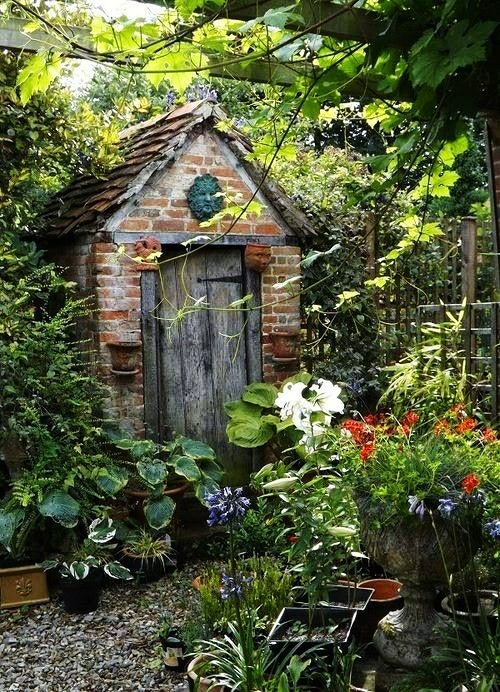
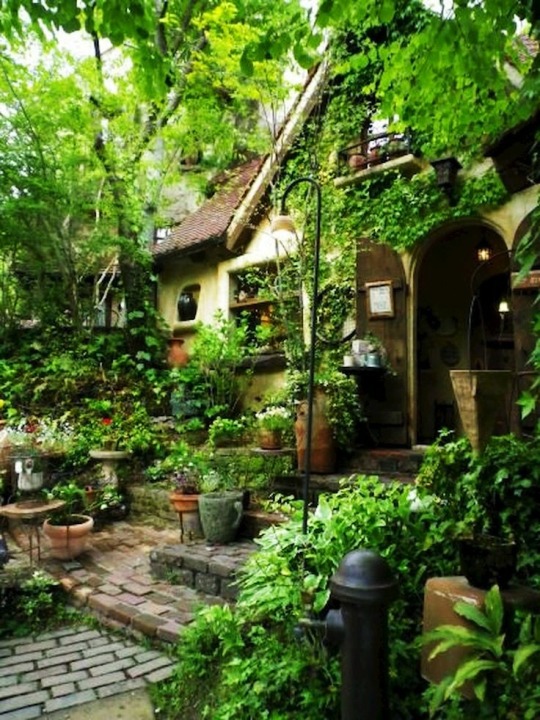


I wanna have a big garden, where i can grow my vegetables, fruits and herbs, spend the whole night looking after my flowers and harvesting apples, listen to the bird's singing and relax under shade of trees
30K notes
·
View notes
Photo
Interesting for sure.

What I’ve Learned About Alchemy So Far
The top graphic is called a rebis and is essentially a western mandala (spiritual or ritual symbol). Alchemists used many different symbols and language to disguise their texts. The rebis is a simple image that can be used as an introduction to alchemy.
The Seven Major Symbols
For alchemists and magicians, a variety of things are grouped into 7 major categories. These categories are most commonly represented by the sun, moon, and 5 visible planets; Venus, Mars, Mercury, Jupiter & Saturn. These heavenly bodies typically represent 2 major subjects; metals and emotions.
1) Metals: The Chemist
Alchemists are known as precursors to the modern day chemist. They would hide chemical equations in elaborate symbolic stories. In fact, ancient poems about Greek & Roman gods often had hidden alchemical meanings. Here is a breakdown of the Roman poet Ovid’s writing, “The Metamorphosis”.
“Ovid tells the story of the god Vulcan catching his wife, Venus, in bed with the god Mars. According to the myth, Vulcan made a fine metallic net and hung the lovers from the ceiling for all to see. In alchemy, Venus, Mars and Vulcan mean copper, iron and fire.
Viewed this way, the myth becomes an alchemical recipe.”
Source
The “metallic net” mentioned in the story is actually a purple alloy which is what you get when combining copper and iron in a certain way. This has been recreated by modern chemists and even Isaac Newton himself who happened to be a prolific alchemist.
See more Isaac Newton and alchemy here: http://www.pbs.org/wgbh/nova/physics/newton-alchemist-newman.html
2) Emotions: The Psychologist & Magician
These 7 symbols also represent emotions and are similar to the ideas of the chakras from eastern cultures. Ancient alchemists could also be known as precursors to the modern day psychologist. In fact, the famous psychologist Carl Jung wrote and published a number of books on alchemy. In his writing, Psychology & Alchemy, Jung explains that ancient alchemical symbols represented wise insights into the human psyche.
The surface idea of mental alchemy is to learn to control and understand one’s emotions, but there are also places deep in the psyche one can learn to travel to as well. Some of these ancient psychological practices can even be dangerous to mental health. For example, Jung himself wrote a book called, The Red Book in which he describes conversing with spirits and what one might call demons while under deep trance. Jung followed ancient alchemical teachings and wrote his own experiences in this book. However, to put it in his own words, he was, “menaced by a psychosis” during this time and gave up many of his esteemed psychology positions. Some say Jung was suffering from psychotic episodes in this book, but the ancient alchemists believed that certain alchemical teachings were paths to the spirit world. This book was not released while he was alive and has only recently been published by his family in 2009.
For some wise insight into the dangers of dabbling in these esoteric teachings check out this audio from the scholarly Manly P. Hall, https://www.youtube.com/watch?v=w3WiuG6uTJQ&noredirect=1
Also see this fascinating NOVA video about Isaac Newton and alchemy: Newton’s Dark Secrets https://www.youtube.com/watch?v=d-w_2C8WfAw&noredirect=1
296 notes
·
View notes
Photo
Wow! Absolutely amazing.


Naka Cave
Location: Phu Langka National Park in Thailand
Naka means ‘snake’ in Thai , and the cave took its name from the natural texture of some stones in the area, which resembles the scaled skin of a snake.
Folklore has it that two naga kings slithered through northeastern Thailand creating the famous Mekong River. Which today is part of the Phu Langka National Park. Naga Cave has a very important role in Buddhism because in Buddhist mythology snakes are supposedly creatures sent by the gods. Snakes can be regarded as guardians or as spiritual gateways, meaning they have historically been seen as a symbol of power and strength. Because of this and the strange patterns inside the cave many people have suggested the strange rock patterns are the ancient fossils of a giant snake.
Most historians today believe it was humans that carved the patterns into the cave, a sort of pattern homage to the mythical serpents.
804 notes
·
View notes
